Engines are the essential part of a vehicle, and for a good reason. Without them, you aren't going to make it to your destination in a timely matter. They have several components that make them run, but which way does an engine spin? We have done their research and answered this question on your behalf.
Most engines spin clockwise when you are facing the front of the vehicle. That means if you are sitting in the driver's seat, then the engine spins clockwise. However, some older vehicles spun in the opposite direction (counterclockwise), but they were few and far between.
If you aren't a mechanic or a vehicle engineer, then the function of an engine can be confusing. However, that doesn't mean it can't be broken down, so it is easier to understand for the common folk. That's why in this article, we will take a closer look at how an engine spins, so read on!
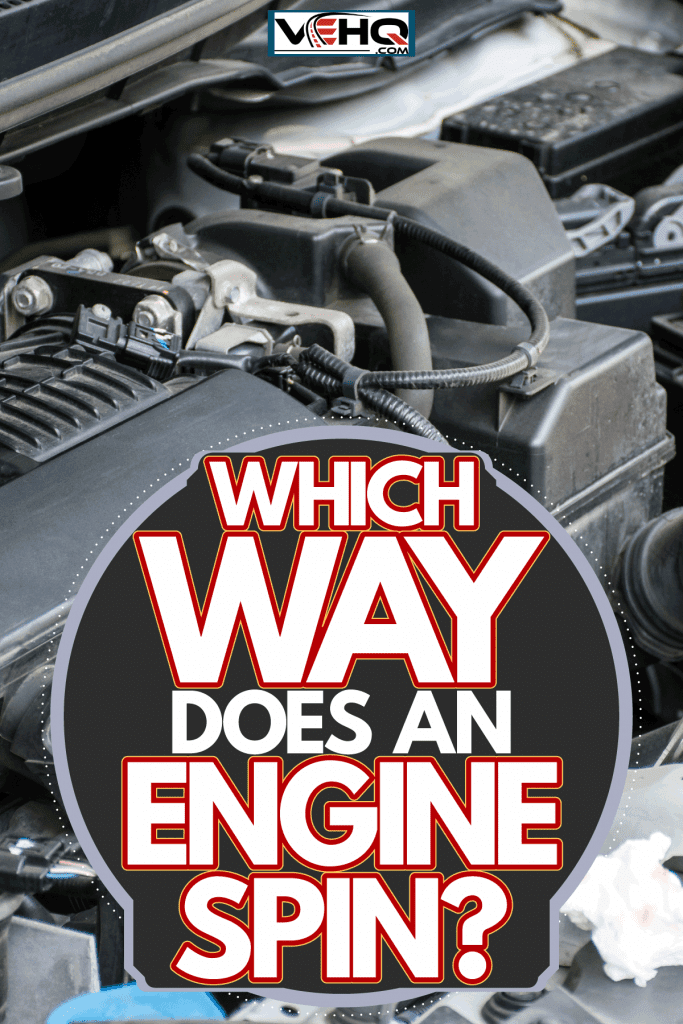
Which Way Does An Engine Spin?
When you are sitting in the driver's seat and looking toward the engine, it will spin clockwise. That's the typical trend with most automobiles, but you can find some old vehicles which do not follow this rule.
The engine crankshaft is the main rotating part of any engine. It has several features that help transfer energy from the fuel burning in your engine into rotational motion.
So what exactly does it do? Well, the engine crankshaft is driven by a flywheel. This flywheel transfers its momentum to the crankshaft, which turns very quickly, causing it to act as an axle of rotation for other components in your engine.
In most vehicles, the flywheel is attached to a disk that has metal teeth around it. These teeth or sprockets are what cause rotational motion in your vehicle.
In most modern engines, this sprocket is replaced by a chain that runs directly off of a drive shaft or an axle which then turns a camshaft and this, in turn, turns the engine crankshaft.
The rotational force is transferred from the engine crankshaft to the axles and then to the tires. This is what gives you that "oomph" when you start your vehicle. The crankshaft has a crank on either end attached via a connecting rod to both pistons inside the engine's cylinders.
This means if one piston moves down (toward the engine), the other moves up (away from the engine). When this happens, it creates a downward or reciprocating motion.
However, when you use gasoline to cause an explosion in your cylinders, the crankshaft rotates and thus allows for more controlled movements.
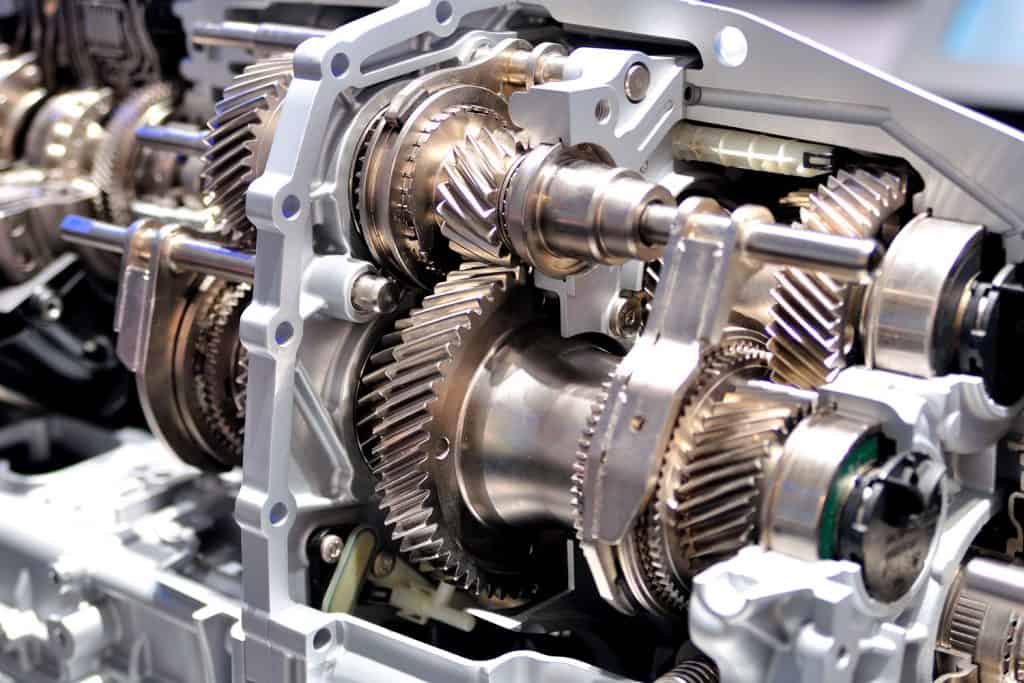
What happens if you turn the crankshaft the wrong way?
The only risk is the timing belt slipping off of a tooth. However, it is unlikely that this will cause any damage. All you will need to do is put the timing belt back on.
However, if the pistons are rotating in the wrong direction (counterclockwise), it can cause severe damage to your vehicle.
For example, if you reverse the rotation of an engine with a chain-driven camshaft, the valves will not open at their appropriate times. This means one cylinder's fuel injection will flow back into another cylinder's intake, which can lead to some serious damage.
Another thing that could be damaged is the oil pump or the water pump. However, this isn't likely as it would have to be reversed significantly.
The best thing you can do is rotate the engine manually in the correct direction if you are unsure.
Can an engine start in the wrong direction?
Most vehicles with a critical start will not allow you to insert the key unless the crankshaft is in its appropriate position. This is done through a sensor above the starter solenoid.
Once this is triggered, it allows for power from the battery to travel into the solenoid and then into the starter motor. If you try to start your engine in the wrong direction, you will see an indicator light, and it will not start.
However, there is a chance that you can get lucky if you cross the timing belt. The vehicle will still turn on (though not smoothly), but you run the risk of severe damage when it runs for too long.
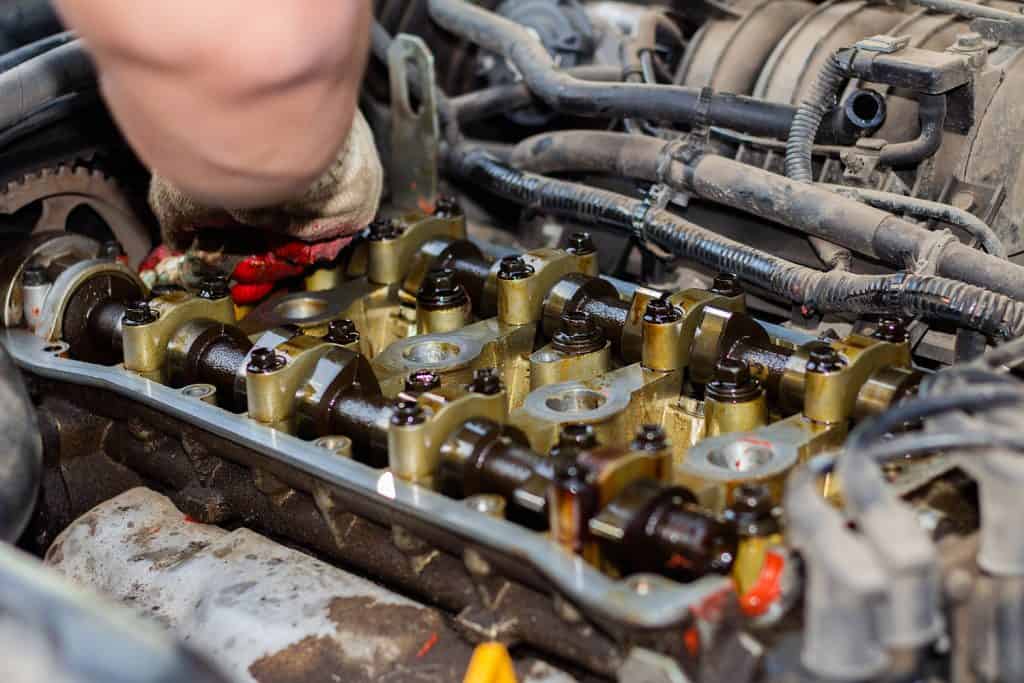
Can a diesel engine run backward?
Diesel engines are different than gasoline counterparts in that they do not have an ignition system.
This means the air intake and fuel supply are separate (much like you can start a diesel engine in the wrong direction), allowing it to run backward, though this will cause significant damage.
If you do something as reversing your vehicle's rotation, you will see an indicator light come on if it is designed to signal this. However, there is a chance that the vehicle can start but run very roughly.
There are some diesel engines with electronic ignition systems. These are less likely to be affected by reversing the rotation of your engine as long as the engine doesn't stall out for more than a few seconds.
This is because it will default to the safety spark setting (which provides an uncontrolled, weak spark instead of no spark). However, if you stall out for too long in this state, it may result in severe damage.
Which way do you hand crank an engine?
There are a few different ways to hand crank your engine. For example, some people say you should rotate the crankshaft clockwise and others counterclockwise. Unfortunately, however, there is no definitive answer to this question.
Some say that it will help align the valves if you rotate the crankshaft in the direction it would generally turn, so they are in the proper position when you re-engage your starter motor. However, there is no set answer to this question.
If you choose which way to go, it may be best to rotate some engines clockwise and others counterclockwise. This will increase your chances of getting through this step unscathed.
The reason it is safest to rotate the engine in the direction that you would start is typical because the pistons will be rotating in a forward or reverse direction.
If they rotate counterclockwise and you rotate them clockwise, this could cause severe damage to your vehicle.
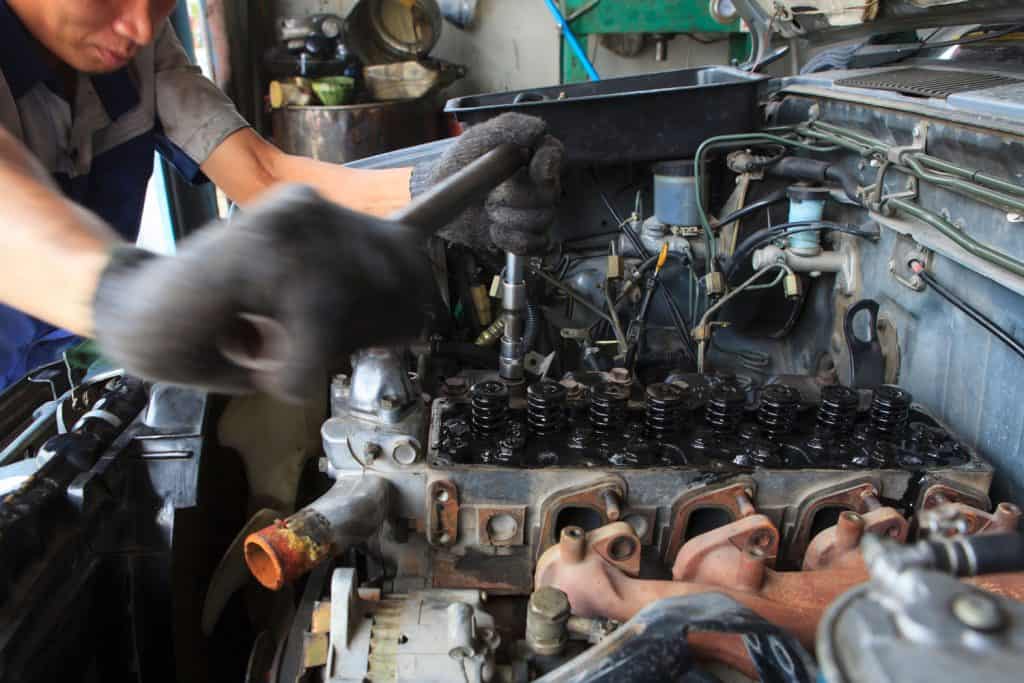
Can you turn a diesel engine by hand?
You can hand crank a diesel engine. However, it is very unlikely that you will turn the pistons in the right direction to get your vehicle running again.
Because of this, you must be very cautious when attempting to rotate the engine by hand and follow specific steps for doing so.
For example, some people believe that if you insert the crank in the opposite direction, you would usually turn it with your starter motor and obtain the right direction. However, there is no truth to this statement.
When hand cranking a diesel engine, many people recommend taking off the glow plugs so they don't overheat and cause significant damage to the pistons. Also, some recommend taping up the holes to keep any harmful fluids out.
It would help if you were very cautious when attempting to do this, as there are many steps you must follow for it to work. The best way is to consult your owner's manual or a professional if you're unsure of what you're doing.
How do you hand crank an engine?
If you're attempting to turn your engine back without the use of battery power, there are specific steps that must be followed. These include taping up holes in the block, removing some accessories and components, and disconnecting some of your battery cables.
Once you have done the proper steps, you may begin rotating the engine by hand. You can do this by inserting a wrench or a socket into a convenient hole and turning it in the direction that would start your engine.
After doing this, try to reattach your starter motor cables and bring new life to your engine.
However, there is a chance that this will not work. Therefore, you may need to do more steps or research if you feel like it is not the right way to revive your vehicle.
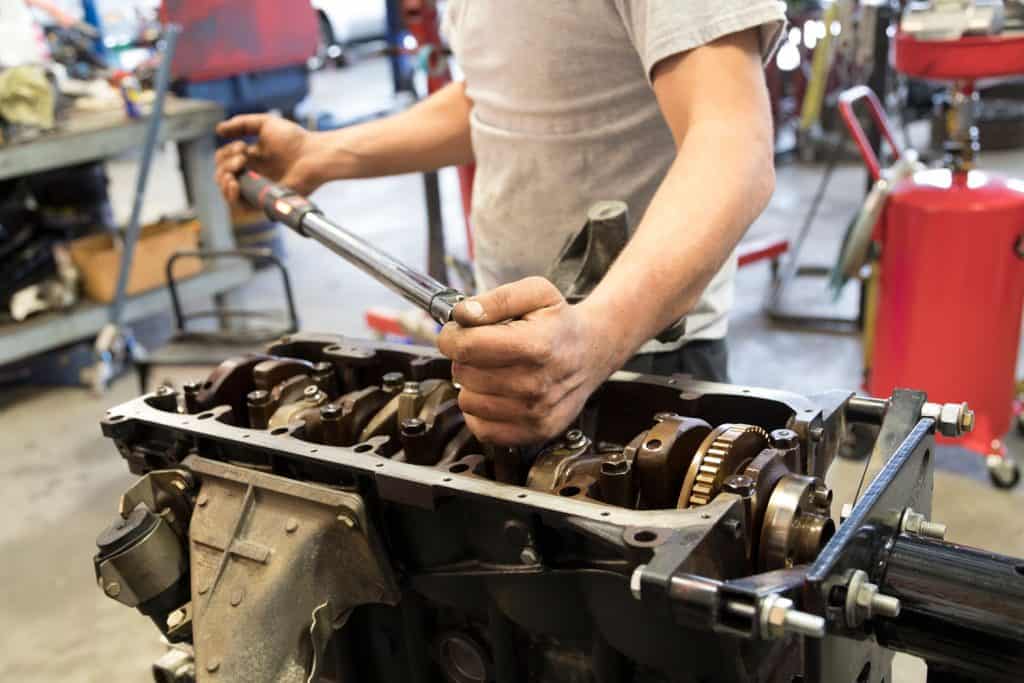
What is the difference between a diesel engine and a gas engine?
There are many differences between these two types of engines. For example, diesel engines generally have longer strokes than gasoline counterparts, driving higher torque outputs. They also tend to run at slower rotational speeds.
Diesel engines are more environmentally friendly with lower emissions because they have a better fuel economy. Gasoline engines are known for being more powerful because of their higher rotational speeds.
However, diesel engines require less sophisticated combustion controls placed in the head to lower emissions.
There are many other differences between these two types of engines. If you are interested in learning about them further, it may be best to consult your owner's manual or a professional.
Final Thoughts
Overall, some engines come in all shapes, sizes, and horsepower. However, for the most part, the engines will spin clockwise when sitting in the car.
With that being said, some older engines will spin clockwise. Nonetheless, the important thing is that your engine is running and getting you to your destination safely!
If you liked this article, then you should also check out:
Are Exhaust Brakes Hard On Engines?
